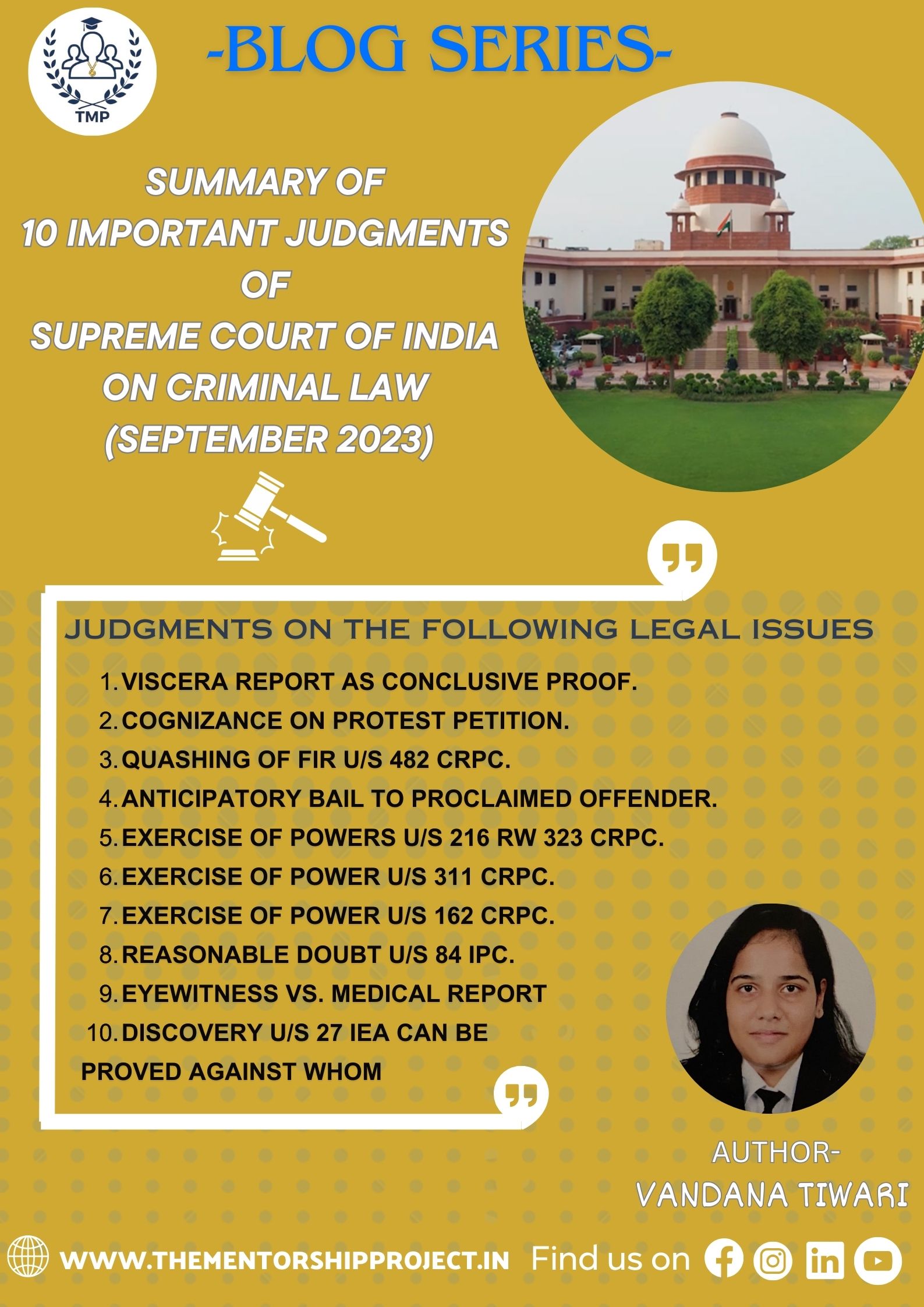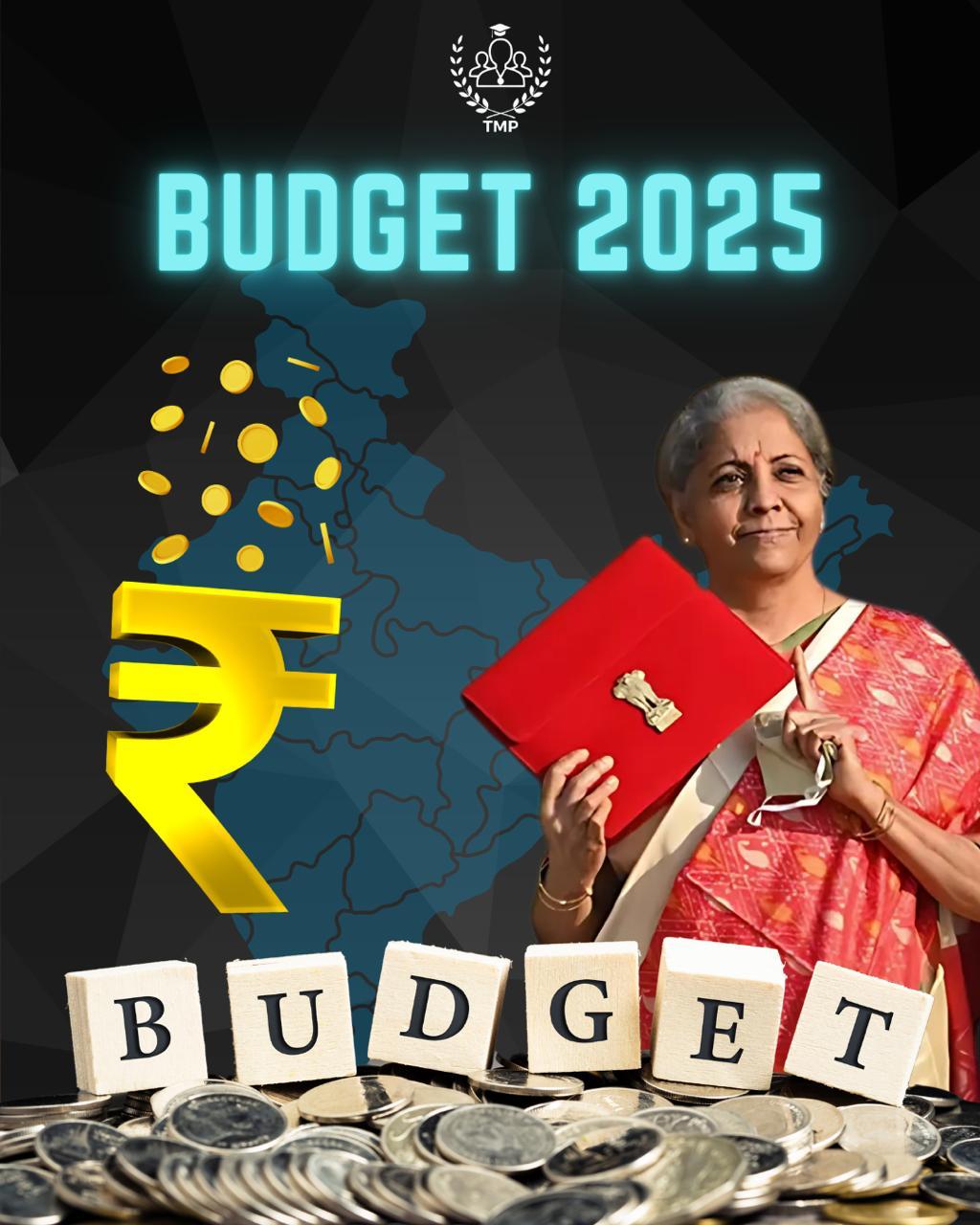August 22 , 2025
Navigating Climate Change Responsibilities: A Call for Equitable Action
Introduction:
The complex interplay of climate dynamics involves several stakeholders, each playing a unique yet interrelated role in shaping the future of our planet. The notion of Common But Differentiated Responsibilities (“CBDR”) is central to this global endeavour. It aims to balance the shared responsibility of environmental stewardship with the unique circumstances of nations worldwide. CBDR presents a comprehensive approach to climate governance that acknowledges historical inequalities and diverse capabilities among nations. It emphasises the need for nations to come together towards a shared objective while addressing the distinct issues arising from their individual growth paths. Since its inception, CBDR has played a significant role in international climate discussions, serving as both a guiding principle and a topic of intense disputes and contentions.
Climate is essential for the survival of life on earth, and its conservation and protection are essential components of the Common Heritage of Mankind (“CHM”). It comes as no surprise that the UN General Assembly passed an important resolution in 1988 that emphasised the urgent need to take necessary and timely action to address climate change within the global framework. The issue of environmental preservation and enhancement gained prominence at the 1972 UN Conference on Environment held in Stockholm. The conference was concerned with the rapid climate change occurring worldwide and arrived at the conclusion that a common outlook and principles were required to safeguard and improve the environment. Consequently, it is necessary to establish laws governing liability for environmental damage that transcend political borders. A comprehensive international response with meaningful participation from all major greenhouse gas (“GHG”) emitters is needed to resolve the climate crisis.
The current climate regime that was outlined in the Kyoto Protocol distinguished between developing and developed countries in such a way that it maintained an invidious inertia in the international fight against climate change. Recognition of this differentiated approach disclosed that the liabilities for environmental faults may vary from one country to another, depending on whether they are considered “advanced” or “developing”, the systems of values they followed, and the standards of action they adhered to.
The Birth of Common But Differentiated Responsibilities:
The Industrial Revolution of the 18th century brought rapid growth to some economies. This growth was powered by extensive burning of fossil fuels, which led to the abnormal emission of greenhouse gases into the environment. However, other countries, which did not reap benefits from industrialization at that time and emitted negligible amounts of GHGs, are now suffering the consequences of global warming caused by developed nations. Non-developed or developing countries have argued on several occasions that developed nations, which became wealthy by monopolising and abusing the atmosphere for years, must now also bear the responsibility for mitigating the climate crisis. They have called upon developed countries to now create opportunities and provide room for underdeveloped countries to pursue their development goals.
In response to these arguments and emphasising the need for partnership to better preserve, restore, and safeguard the health of Earth’s ecosystems, the historic UN Framework Convention on Climate Change conference (“UNFCCC”), in the year 1992, formalised principle 7 of CDBR and declared under its article that:
“In view of the different contributions to global environmental degradation, states have common and differentiated responsibilities. The developed countries acknowledge the responsibility that they bear in the international pursuit of sustainable development in view of the pressures their societies place on the global environment and of the technologies and financial resources they command.”
Navigating the Chasm and Differentiation Amidst Diverse Realities:
Distinguishing between parties, particularly regarding their rights and responsibilities concerning carbon emissions and sustainable development, has presented a major challenge in implementing CBDR in global climate governance. This challenge was manifested from the apparent divide between Annex I and Non-Annex I nations within the UNFCCC and Kyoto Protocol; Annex I countries were primarily developed, while Non-Annex I countries were largely developing. Nevertheless, the fundamental idea of varying levels of duties and rights persisted.
Diverse realities pertain to the distinct economic, social, and environmental conditions experienced by countries around the globe. Developed nations such as the United States and Germany possess sophisticated industrial economies, substantial historical emissions, and more abundant financial and technological means to address the issue of climate change. On the other hand, nations such as India and Brazil, which are still in the process of industrialization, have had lower historical emissions per person and are dealing with urgent challenges related to poverty and development. Small island nations such as the Maldives and Fiji are exceptionally susceptible to the effects of climate change, such as the rise in sea levels, despite making minor contributions to global emissions. These diverse circumstances require a tailored response to climate obligations.
Recent changes in climate governance, as seen in the Paris Agreement, have shifted the approach away from a top-down allocation of responsibilities based on this dichotomy, to a bottom-up system, where countries determine and report their responsibilities in their Nationally Determined Contributions (“NDC”). This shift is partly due to the inherent ambiguity of CBDR and concerns about increasing carbon emissions from developing countries. As emissions from emerging economies have risen, developed countries shifted the discourse towards differentiating between major emerging economies and other developing nations. The emphasis on “historical responsibility,” has now waned, replaced by a focus on “future responsibility,” which suggests that emissions from major economies today will become their historical responsibilities in the future. This shift in focus has been a crucial development for climate governance.
An Imperfect Approach:
The CBDR principle has been widely accepted in international climate negotiations; however, its current interpretation harbours a significant flaw. The principle exempts major emitters from emerging economies from their responsibilities towards emission reduction targets by categorising them as non-annex 1 nations, or developing nations. This exclusion appears impractical, given their rapidly increasing emissions footprints. For instance, China, despite currently being the world’s leading emitter, bears few responsibilities for climate change because of the division between developing and developed nations. Furthermore, these developing nations are emitting GHGs at such a rapid pace that even if all developed nations ceased emitting right at this moment, these growing economies alone would raise global concentrations by over 80% in the coming 60 years. This marks a stark contrast to the trend observed over the previous 200 years.
Neglecting these developing economies would present significant risks to long-term emission reduction efforts. The current application of CBDR under the UNFCCC predominantly focuses on past emissions and disregards present and future emissions from emerging economies. While addressing historical emissions is essential, it alone is inadequate, as developing countries are making substantial contributions to current global emissions and will continue to do so. Overlooking future emissions will undermine the effectiveness of climate protection policies.
Need for a New Emitter Category in the UNFCCC:
The principles of CBDR, based on standards of development and causes of greenhouse gas emissions under the UNFCC, may not adequately address the needs of the present time. Over the decades of climate negotiations, some countries, such as China and India, which are not yet considered as developed, have pursued unprecedented and rapid industrial growth. Both the UNFCCC and the Kyoto Protocol lack a suitable category to encompass these fast-developing economies, which are also emitting massive volumes of GHSs. The UNFCCC Bali meeting of 2007 emphasised an inclusive and shared view of corporations while considering social and economic conditions. The inclusive approach gained traction during the Copenhagen negotiations, where major emitting developing nations like China and India played active roles and signalled a shift towards a more nuanced categorization of CBDR.
The Paris Agreement further strengthened the CBDR principle by introducing the concept of Nationally Determined Contributions or NDCs. These newer principles allowed countries to set their own emissions reduction targets, taking into account their developmental needs and considerations. This framework acknowledges that developing countries may require more time to peak emissions to achieve sustainable development and was built with the aim of achieving sustainable development and poverty eradication while ensuring global climate action.
A likely solution lies in creating a new category for these rapidly developing countries, with their obligations falling somewhere between those of developing and developed countries. In this new category of emerging economies, they would commit to reducing emissions to a lesser degree than developed nations, with their commitments gradually increasing as they progress towards developed nation status. In accordance with the previous agreement between Annex I and Annex II countries i.e. Annex I refers to the 36 countries identified for reduction in the UNFCCC while the Annex B is an adjusted list of 39 countries identified under the more recent Kyoto Protocol. Annex B countries have their reduction targets formally stated. Emerging economies would commit to obligatory reduction targets, all while continuing to receive financial aid and technology from developed countries in Annex I. To tackle and address potential resistance from developing nations that would fall under this new category of emerging economies, the framework could include incentives such as enhanced financial support, technology transfer, and capacity-building initiatives. These incentives would directly encourage participation and help achieve broader better consensus by demonstrating the collaborative benefits of the new system. By emphasizing these benefits, it would become easier for developing nations to participate actively in global climate efforts.
Conclusion:
The journey towards establishing the principle of common but differentiated responsibilities in global climate governance has been remarkable and significant. It reached a milestone at the 2015 Paris Conference, where nations committed to voluntary reductions of their greenhouse gas emissions through “Nationally Determined Contributions”. This approach allowed countries to peak their greenhouse gas emissions for a period of time and then reduce them, aligning with their plans for sustainable development. The NDCs represented a new phase of CBDR, encompassing both developing and developed countries, and reflected their respective circumstances. Further, the Paris agreement emphasised the importance of financial support for Non-Annex 1 or developing countries under the UNFCCC. The commitment to annually mobilise $100 billion dollars by the year 2020 for the Green Climate Fund (“GCF”) further strengthened the support provided by industrialised nations to mitigate climate change impacts.
Additionally, including a new and distinct categorization under the UNFCCC would encourage participation from emerging and developing economies, as well as ease the rigid dichotomy between developed and developing countries. The acknowledgement of various realities and the need for a fresh categorization is in line with the changing dynamics of worldwide climate governance, guaranteeing a fairer and more efficient strategy to addressing climate change. To enhance global climate action, it is necessary to overcome the constraints of the present Common But Differentiated Responsibilities (CBDR) framework. This may be achieved by introducing a new category that recognises the evolving nature of emissions. By doing so, we can encourage more collaboration and engagement from all countries, resulting in more effective efforts to combat climate change.
As the world confronts the urgent challenges of climate change, the establishment of a new emitter category under the framework of Common but Differentiated Responsibilities will be feasible solution for promoting equitable and effective climate action.
(Authored by Amitabh Kumar Saxena and Divyansh Rai, 2nd year law student, National Law Institute University, Bhopal. Views expressed are personal.)









